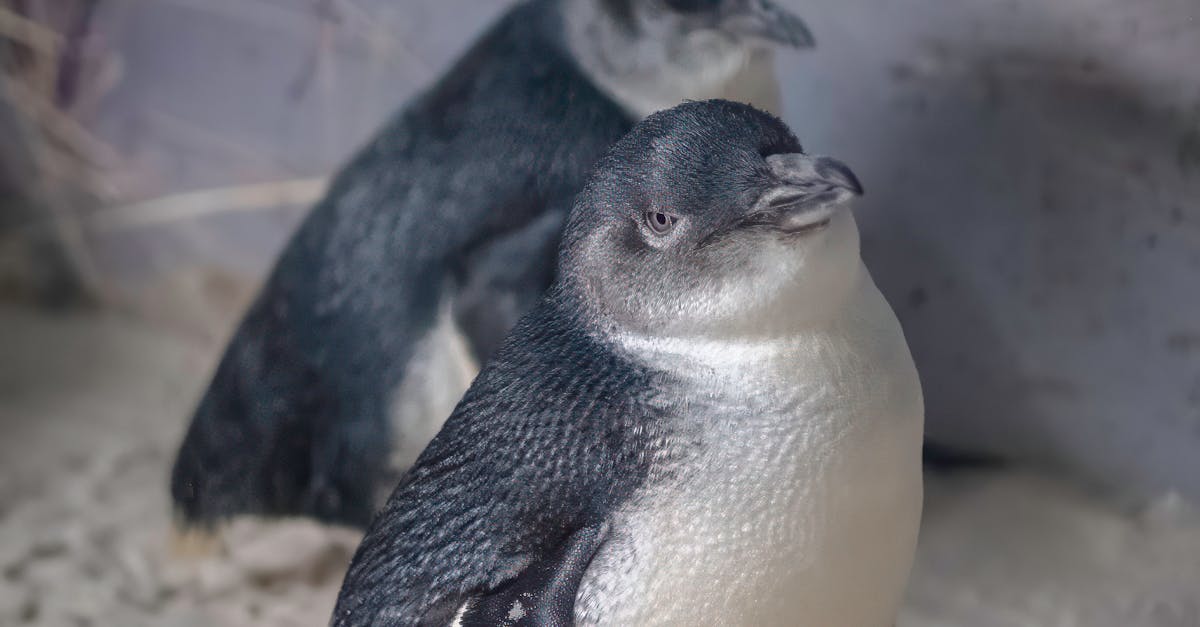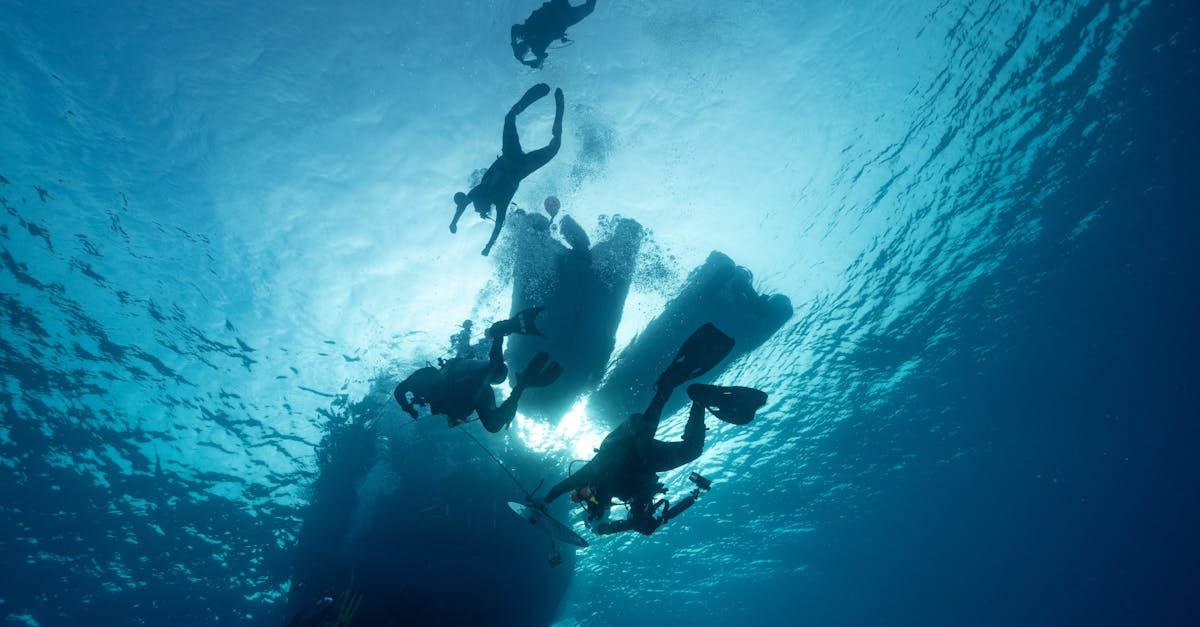Great white sharks, scientifically known as Carcharodon carcharias, are among the most iconic and formidable predators of the ocean. Their size and power have long captured the imagination of researchers and the general public alike. In this article, we will explore how big these magnificent creatures can get, presenting you with fascinating facts that shed light on their growth and size potential.
| Fact | Description |
|---|---|
| Average Length | Great whites typically reach lengths of 11 to 15 feet. |
| Maximum Recorded Length | The largest verified great white was about 20 feet long. |
| Weight | Adult great whites can weigh between 1,500 to 2,400 pounds. |
| Growth Rate | Great whites grow rapidly during their first few years. |
| Age | They can live up to 70 years or more. |
| Sexual Maturity | Females mature between 12 and 18 feet; males at 11 to 13 feet. |
| Geographical Distribution | Found in temperate and tropical waters worldwide. |
| Habitat Depth | They can dive to depths of 1,200 meters. |
| Feeding Habits | Great whites are opportunistic feeders, preying on marine mammals and fish. |
| Conservation Status | Listed as vulnerable due to overfishing and habitat loss. |
Average Length
Great white sharks typically reach lengths of 11 to 15 feet. This average length is a result of their growth patterns, with younger sharks growing at a faster rate than older ones. The size can vary based on various factors, including genetics, diet, and environmental conditions. The average adult size makes them one of the largest predatory fish in the ocean.

Maximum Recorded Length
The largest verified great white shark was about 20 feet long, a staggering size that showcases their potential for growth. While such sizes are rare, they serve as a reminder of the species’ incredible adaptations and evolutionary success as apex predators. Most sightings of great whites tend to be smaller, but the record-holder remains a point of fascination for marine biologists.

Weight
Adult great whites can weigh between 1,500 to 2,400 pounds. Their weight is significant as it correlates with their size and hunting capabilities. A larger body mass allows them to hunt larger prey, which is essential for their survival. The weight of great whites is also an indicator of their health and well-being, as malnourished sharks tend to weigh significantly less.

Growth Rate
Great whites grow rapidly during their first few years, reaching lengths of up to 5 feet within the first year. This rapid growth is crucial for their survival in the competitive marine environment. Young sharks, known as pups, are vulnerable to predation; therefore, growing quickly allows them to escape many of their natural predators.

Age
They can live up to 70 years or more, which is quite impressive for a species of fish. Understanding their age is essential for conservation efforts, as older sharks play a vital role in maintaining the balance of the marine ecosystem. Studies on their age are conducted through methods such as examining the growth rings in their vertebrae.

Sexual Maturity
Females mature between 12 and 18 feet, while males mature at lengths of 11 to 13 feet. This sexual dimorphism in size is common in many shark species, where females tend to be larger than males. Maturity is a critical factor in the reproduction of great whites, as only mature individuals can contribute to the population’s sustainability.

Geographical Distribution
Great whites are found in temperate and tropical waters worldwide, showcasing their adaptability to different marine environments. They are often spotted in areas with abundant prey, such as seal colonies. Their distribution is also influenced by water temperature, salinity, and the availability of food sources.

Habitat Depth
They can dive to depths of 1,200 meters, although they are more commonly found in shallower waters. This ability to dive deep allows them to exploit various marine resources, including prey that resides at different depths. Their adaptability to various habitats contributes to their success as a species.

Feeding Habits
Great whites are opportunistic feeders, preying on marine mammals and fish. Their diet primarily consists of seals, sea lions, and other large fish. Their hunting strategy often involves a surprise attack from below, leveraging their speed and strength to capture prey. This predatory behavior is crucial for maintaining the health of marine ecosystems.

Conservation Status
Listed as vulnerable due to overfishing and habitat loss, great white sharks face significant threats to their population. Conservation efforts are essential to protect their habitats and ensure the sustainability of their populations. Awareness and education about their ecological role can help foster support for conservation initiatives.

FAQ
How big can great white sharks grow?
Great white sharks can grow up to 20 feet in length, although most individuals are typically between 11 and 15 feet long.
What is the weight of an adult great white shark?
Adult great white sharks can weigh between 1,500 to 2,400 pounds, depending on their size and health.
How long do great white sharks live?
Great white sharks can live up to 70 years or more, making them one of the longer-lived shark species.
What do great white sharks eat?
Great white sharks primarily feed on marine mammals such as seals and sea lions, but they are opportunistic feeders and will eat a variety of fish.
Are great white sharks endangered?
Yes, great white sharks are listed as vulnerable due to threats from overfishing and habitat loss, highlighting the need for conservation efforts.
References:
– [NOAA Fisheries](https://www.fisheries.noaa.gov/species/great-white-shark)
– [National Geographic](https://www.nationalgeographic.com/animals/fish/facts/great-white-shark)
– [Marine Conservation Society](https://www.mcsuk.org)
